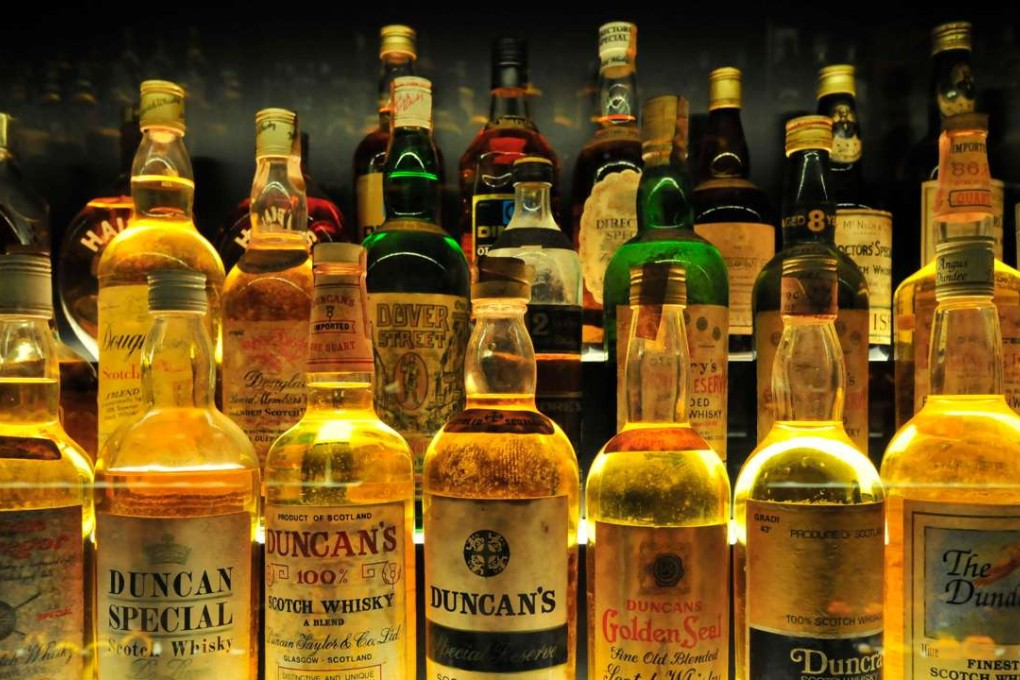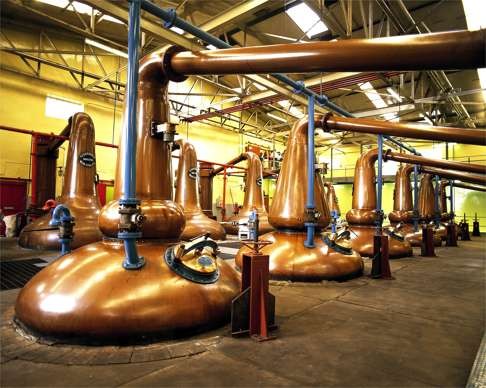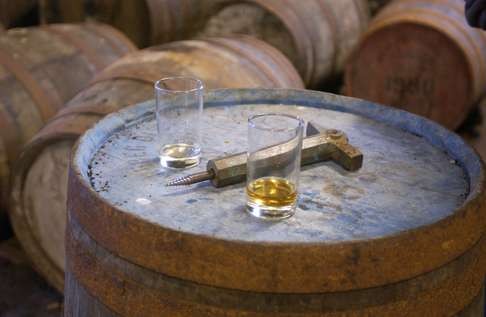Grape & Grain | Single malt Scotch whisky - what’s on the label and what it all means
Scotch can only be made, aged and bottled in specific ways and specific places – regulations which help ensure clear information for consumers

Scotland has been making whisky for centuries, but as recently as 2009 the authorities were changing the rules about how the drink was produced and marketed, and reorganising the country’s whisky-producing regions.
The isles of Jura, Mull, Orkney and Skye, which were previously separate, are now part of Highland; there’s also Speyside (this used to be a subzone of Highland), Lowland, Islay and Campbeltown. The minimum alcoholic content of a bottle is to be no less than 40 per cent.

Distillation, which takes place at least twice, and fermentation must occur at the same location and it can only be produced from a mixture of water and malted barley (although other cereal grains are permitted in certain styles). The minimum ageing is three years in a cask that has a maximum capacity of 700 litres, and this must occur in a permitted excise warehouse in Scotland. Scotch whisky cannot be exported in oak or wooden vessels. As of November 2012, single malt Scotch whisky must be bottled in Scotland.

Many whiskies are blends. The best whiskies of Scotland are its single malts which by strict definition have been distilled at a single distillery, in a pot still (it can be done in one or more batches) from water and malted barley. If there is a statement of age, the year of distillation cannot be included unless the year of the bottling, period of maturation (in cask) or the age of the whisky in years is also on the label.
